This is one in a series of posts on the Fujifilm GFX 100. You should be able to find all the posts about that camera in the Category List on the right sidebar, below the Articles widget. There’s a drop-down menu there that you can use to get to all the posts in this series; just look for “GFX 100”. Since it’s more about the lenses than the camera, I’m also tagging it with the other Fuji GFX tags.
I’ve been posting a lot recently about the 120 mm f/4 GF macro lens for the GFX. I found it a good performer at 1:2, at minimum focusing distance (MFD) with no extension tubes, but that it had really soft edges and a lot of focus curvature at MFD with 36 mm of tubes. In this post, I tested it at 1:1 with a 45 mm tube,a and found it credible on-axis but soft on the right edge of the frame. I reported those results numerically and visually, using the time honored sharpness target of a banknote. The 120/4 GF was soft in the corners and edges at MFD with 18mm, 36mm, and 45mm of extension by tubes.
For copy applications, and for some 3D subjects that require extension tubes, the 120/4 GF just isn’t cutting it.
So I decided to look for an alternative. The first lens I tried works much better than the 120/4 GF for close focusing, as you’ll see if you read on. My first candidate was the Cosina-Voigtlander (CV) 125 mm f/2.5 Apo-Lanthar. My copy is in a Nikon F mount. I put a FotoDiox F-to-G converter on the back of the lens, a Fuji 45 mm extension tube behind that, and mounted the stack to a GFX 100. I set the lens to indicated f/5.6. Using a Cognisys rail, I made a series of 160 exposures with an 80 micrometer (um) shift between one. I brought the images into Lightroom, turned off sharpening, and found that I just needed to first 60 or so images, so I consigned the others to the bit bucket. I exported the files as TIFFs, brought them into Helicon Focus, and stacked them with the default B algorithm at default settings.
Here’s the setup (the image shows the 120/4 GF on the camera):
The CV 125/2.5 covers the GFX sensor perfectly.
Here’s a sample image from the stack.
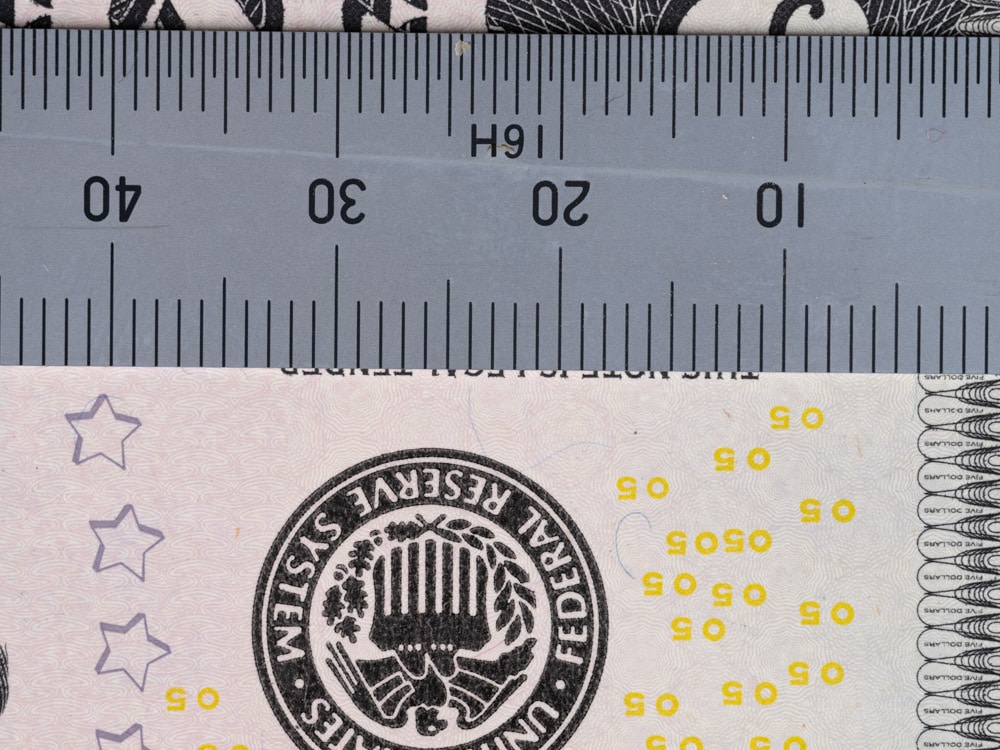
The ruler was used to set the distance so that I got 1:1 magnification.
Here’s the far right edge at 150% magnification:

And here’s the same edge at the same magnification with the 120/4 GF:
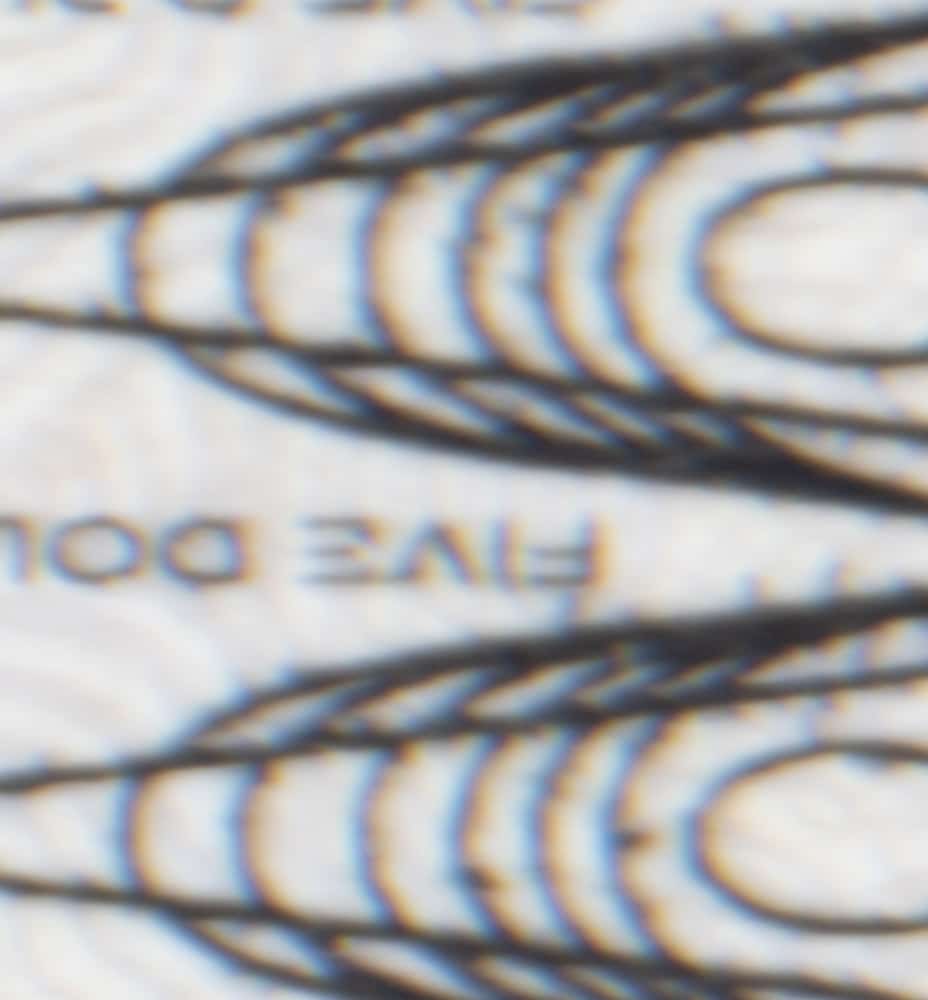
The difference is not subtle.
In the lower right corner with the CV 125:
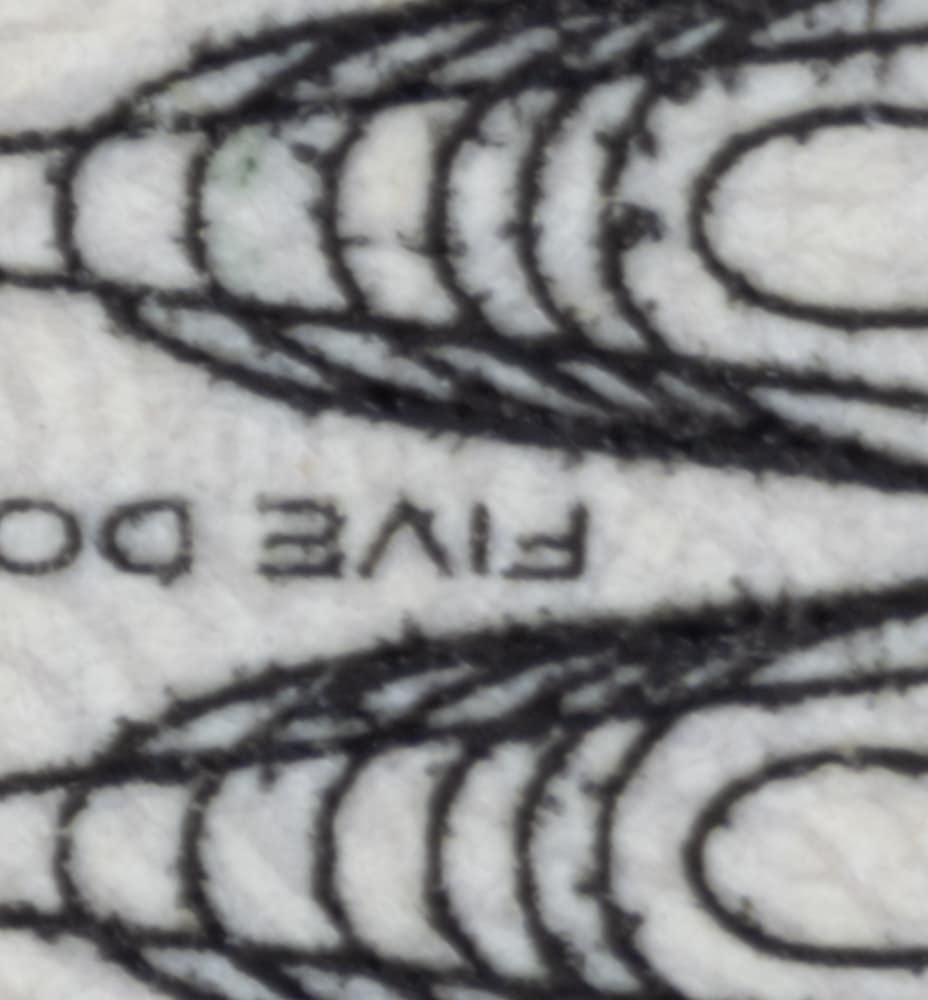
And in the same place with the 120/4 GF:
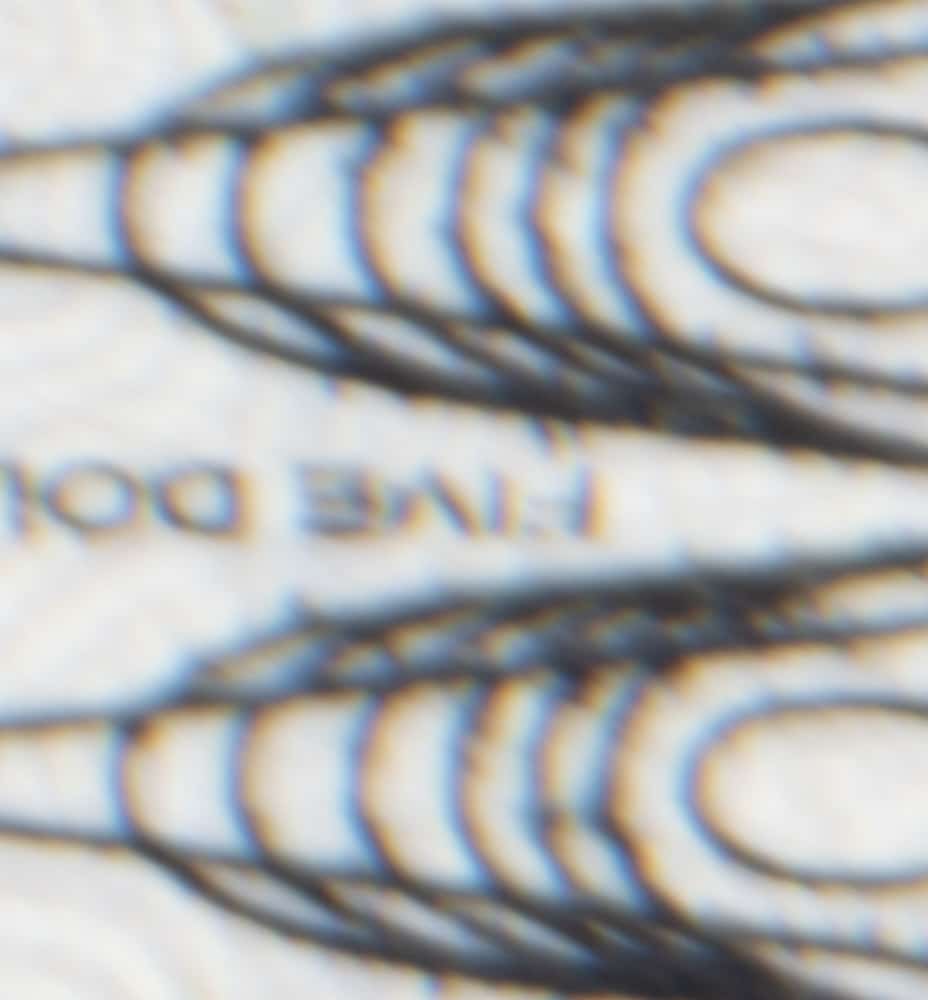
Now let’s compare the right edge of the CV 125 with the center of the 120/4 GF.

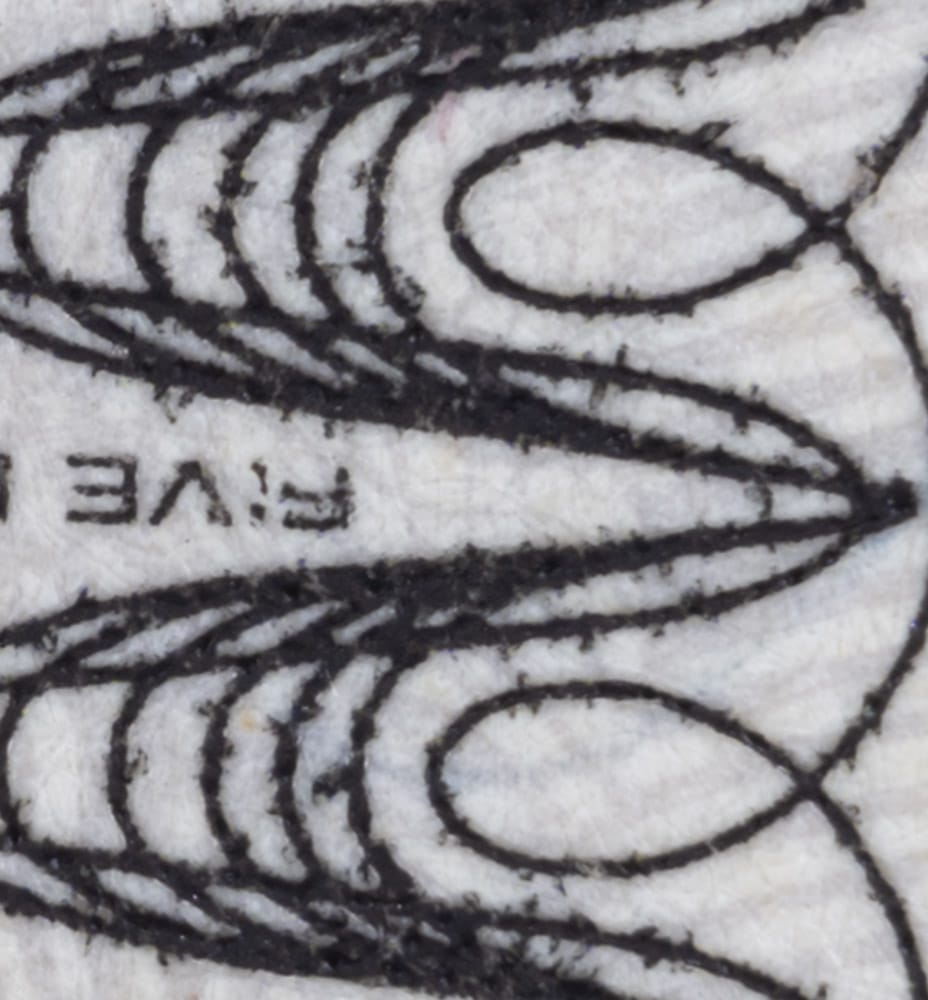
The GF is better.
What if we set the CV 125 to MFD?
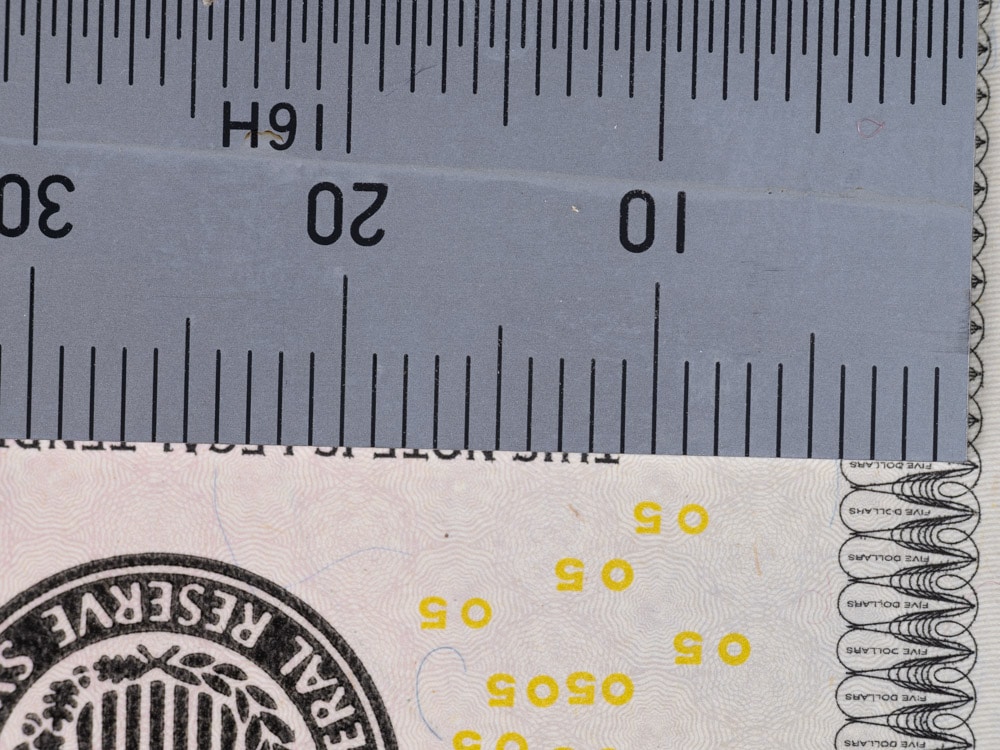
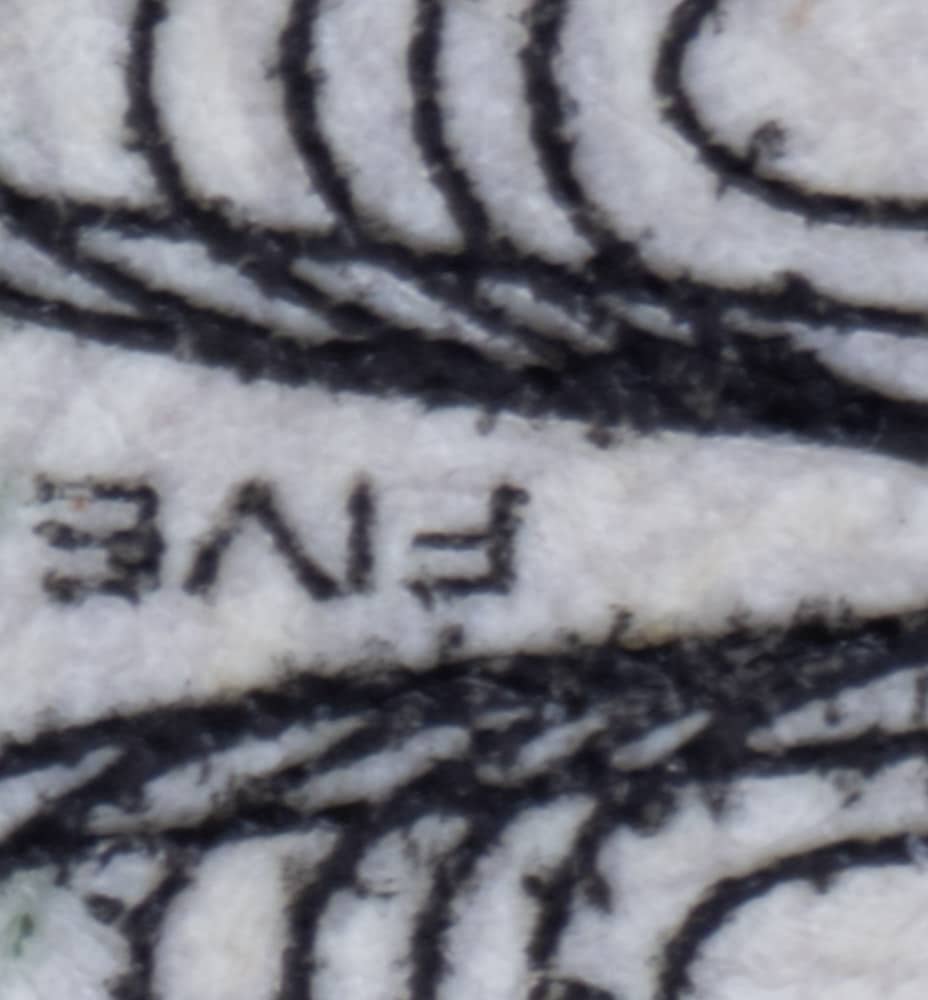
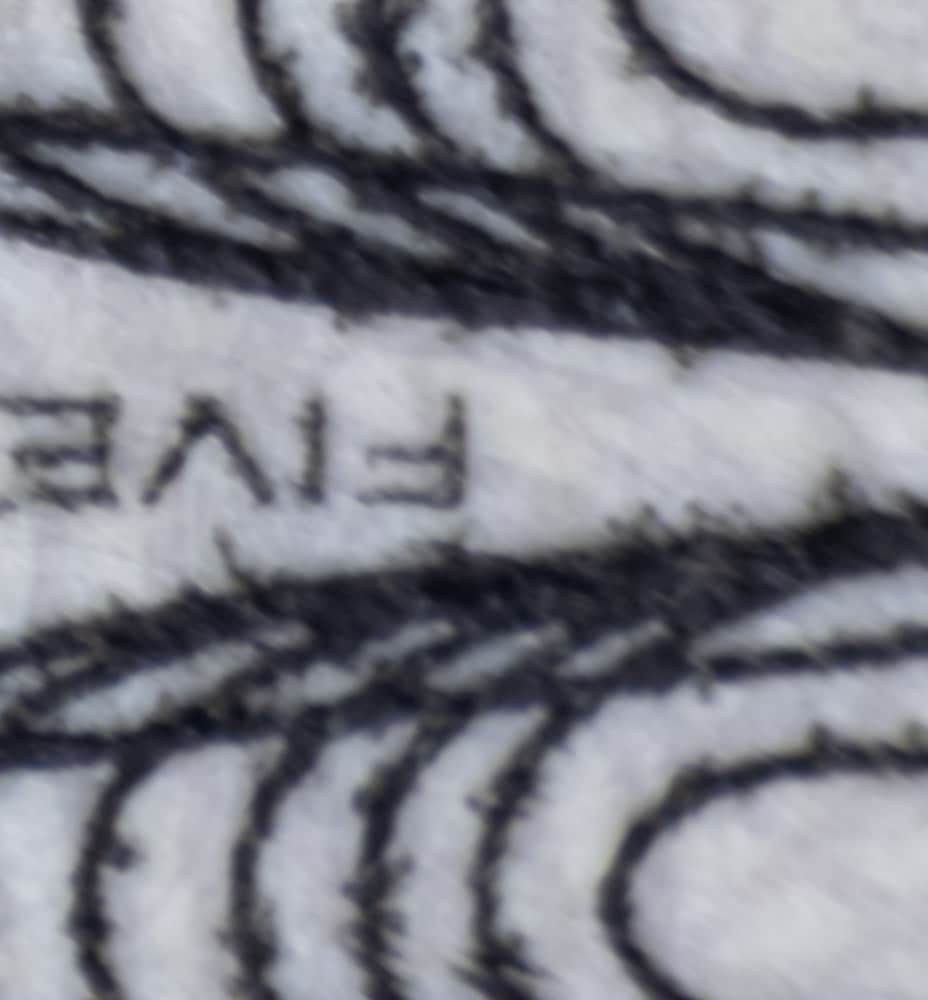
Not bad at all.
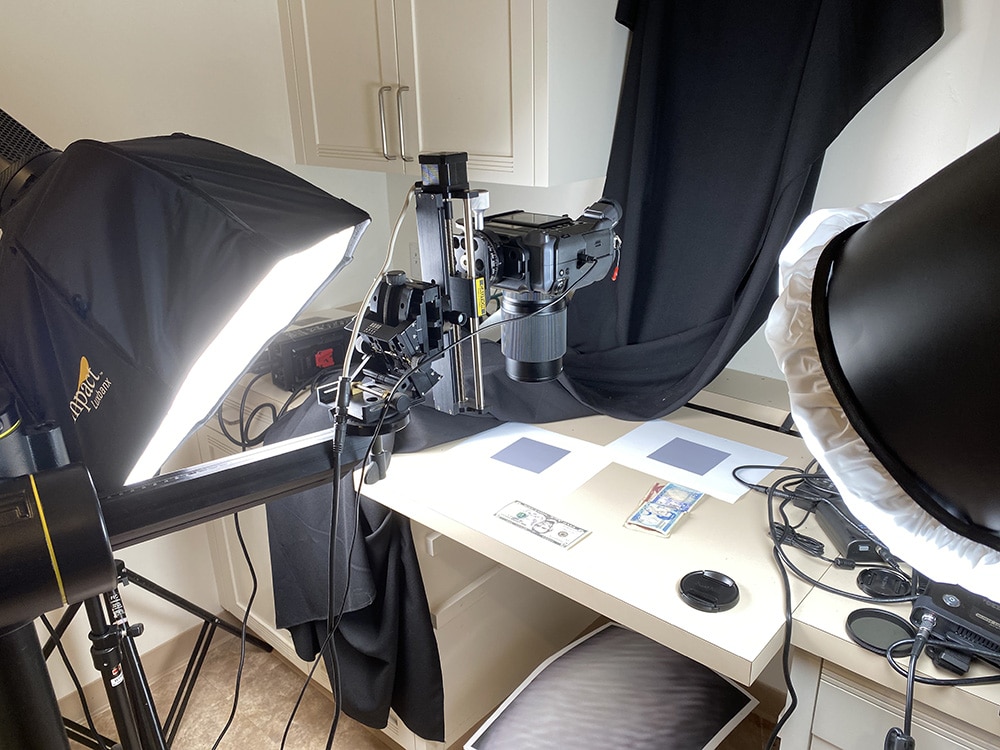
That’s very interesting, I thought a lens for 35mm format would vignette in the corners on the GFX and deliver poor resolution in the corners.
Some reports on the web mention vignetting at close range with the Lanthar.
What lens would you recommend if I want to digitise medium format negatives and 4×5 negatives?
Many thanks in advance…
Rodenstock 105/5.6 HR Digaron Macro
SK 120/5.6 Industrial Macro Symmars
CV 125/2.5
Pentax 120/4 645 macro
The GF 120/4 will be fine for 4×5 negs.
Thank you very much for your advice!
Hey Jim,
Very useful articles on macro with the GFX. I’m getting ready to digitize some negs and revisited this. I happened to notice Voigtlander has a new 110 mm / 1:2.5 Macro APO-LANTHAR. Any thoughts on how this might compare to the 125? I would imagine the new one performs at least as well as the 125 but my only concern would be sensor coverage with the GFX.
I’ve not tested that lens. It’s an E-mount lens, right? So there’s no way to use it on the GFX.
Hi Jim,
Hope all is well!
Curious as to how you didn’t encounter vignetting with the CV 125/2.5 on the GFX? I purchased the lens and intended to use it with my GFX 100 II to digitize film, but I encountered a lot of vignetting at closer ranges.
My copy has an OM mount, and I’m using a Novoflex OM to G-mount adapter. Would adding a 45mm extension tube (like you did in your setup) help with the lens coverage or make it worse?
Many thanks in advance!
THe OM mount has a 42mm throat. I’m sure that’s at least part of your problem. An 18mm tube might help.
Appreciate your help! I ordered the 18mm tube and will get back to you. Hoping it works… Otherwise, I’ll adapt it to my Sony full-frame camera or return it and seek out one with a different mount.
Hi Jim,
have you tested all the lenses you mentioned above?
Rodenstock 105/5.6 HR Digaron Macro
SK 120/5.6 Industrial Macro Symmars
CV 125/2.5
Pentax 120/4 645 macro
The GF 120/4 will be fine for 4×5 negs.
Could you give a ranking order?
Question concerning the CV 125/2.5: is it possible to mount the sqared lens shade in reversed direction on the lens for storage issues?
Best regards
Yes, I have tested them all. The Rodenstock is the best in the range 1:3 to 3:1. In the appropriate range, the Symmars are about as good, but it’s more convenient to use the Rodie.
I have never used the squared lens shade. My copy of the CV lens came without one.